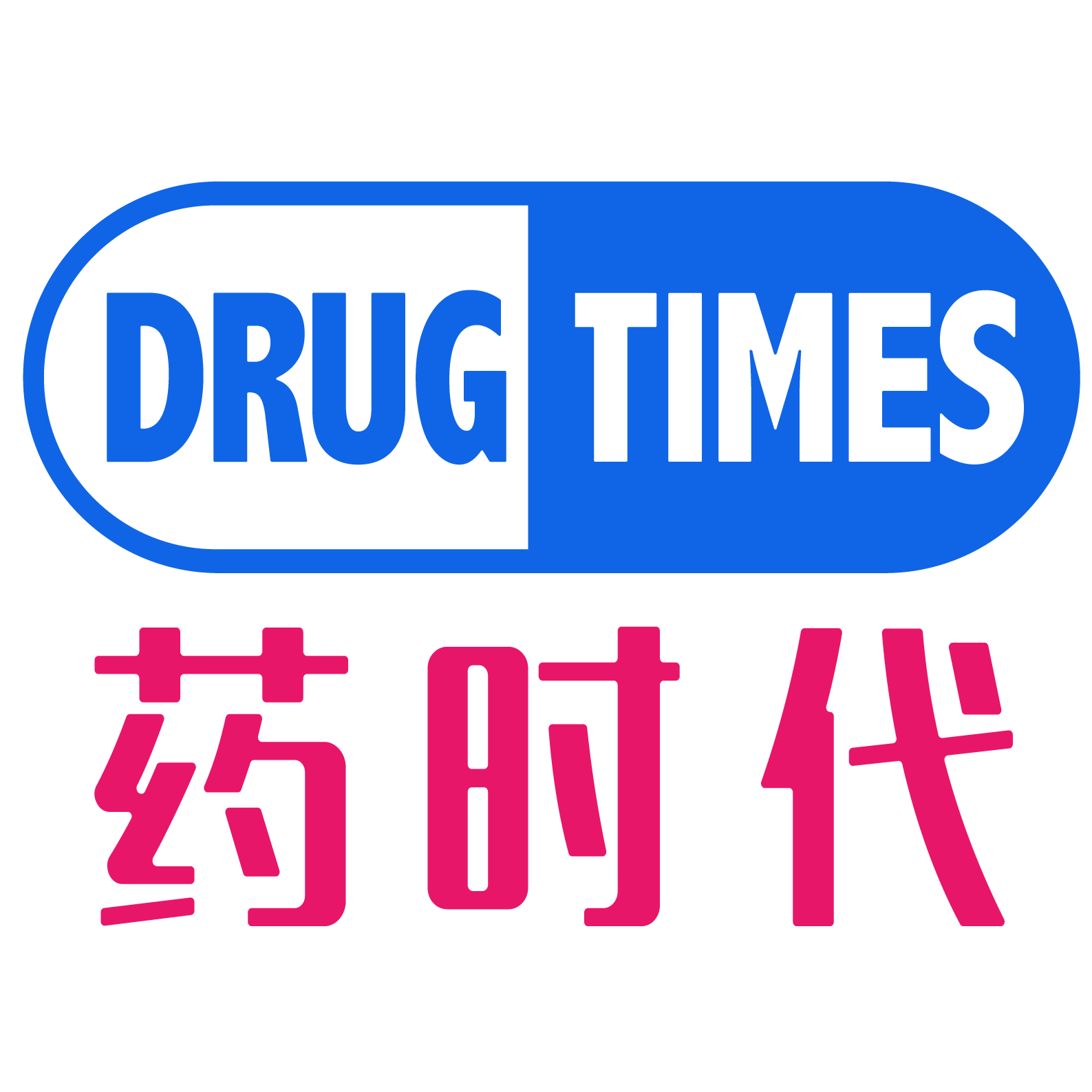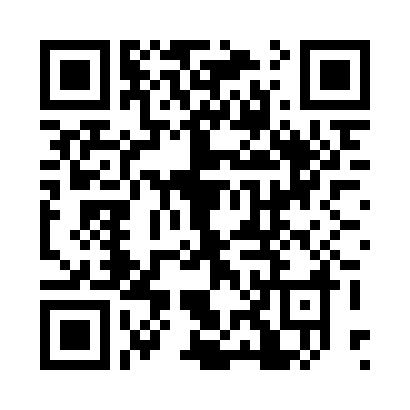According to CCTV News on April 9, on April 8, local time, U.S. President Trump delivered a speech, stating that the United States will impose tariffs on pharmaceuticals. Trump said that the United States does not produce its own medicines and other products that improve health. The prices that the U.S. pays for pharmaceuticals are often many times higher than those paid by countries that produce medicines. Trump believes that once tariffs are imposed on pharmaceuticals, pharmaceutical companies will open factories in the United States because the U.S. is the “biggest market.”
On April 2, local time, U.S. President Trump signed an executive order on “reciprocal tariffs” at the White House, announcing that the United States will set a “minimum benchmark tariff” of 10% on its trading partners. Among them, China is subject to a 34% tariff, which will reach 54% after being added to the existing 20% rate.
This time, China was subject to a 34% ad valorem tariff, but the vast majority of pharmaceuticals are on the exemption list, including various chemical drugs, vaccines, and biological products. In the field of bulk chemicals, categories such as vitamins, amino acids, hormones, antibiotics, and anti-infective agents were also included in the exemption list. Medical devices were not on the exemption list.
On April 4, the Tariff Commission of the State Council of China, the Ministry of Commerce, and the General Administration of Customs successively announced a series of countermeasures against the United States, imposing a 34% tariff on all imported goods originating from the United States. The announcement by the Tariff Commission of the State Council, titled “Announcement on the Imposition of Tariffs on Imported Goods Originating from the United States,” emphasized “all imported goods originating from the United States,” which naturally includes tumor-specific drugs, high-end medical devices, and testing reagents.
On April 7, Trump issued a tough statement via social media, saying that if China failed to withdraw the previous 34% retaliatory tariffs on the United States by that day (April 8), the United States would impose an additional 50% tariff on China starting the next day (April 9) and terminate all trade negotiations with China.
According to FOX BUSINESS on April 9, the White House press secretary said that the additional 104% tariffs on China had taken effect at noon Eastern Time. The additional 104% tariffs will begin to be levied from April 9.
Prior to this, a research report from CITIC Securities had analyzed that the U.S. tariff policy would have a limited impact on China’s exports. Domestic innovative drugs going global mainly through BD (business development) cooperation for external licensing, without generating a logic of commodity sales, so the short-term impact of tariffs is limited; CXO (contract research and development outsourcing) and the upstream of the pharmaceutical industry chain: the U.S. “reciprocal tariffs” on pharmaceuticals are temporarily exempted, and the current impact is relatively limited; the vast majority of bulk chemicals are exempt from this round of tariff increases. It can be said that the short-term impact is relatively small, and attention should be paid to the situation of the return of U.S. manufacturing in the future.
On April 8, local time, European pharmaceutical companies had already warned at a meeting with the President of the European Commission that U.S. tariffs would accelerate the trend of the industry shifting from Europe to the United States. The European Federation of Pharmaceutical Industries and Associations (EFPIA), whose members include European pharmaceutical giants such as Bayer, Novartis, and Novo Nordisk, said that it had called on the EU President to take “swift and fundamental action” to mitigate the risk of “outflow” to the United States.
In response, the securities departments of several domestic pharmaceutical companies, including Hainan Huayu Pharmaceutical and Kolum Pharmaceutical, said that the relevant departments of the company are closely monitoring the situation, and the specific response will be studied after the details of the U.S. tariffs on pharmaceuticals are clarified.
For all economies in the world, tariffs are a necessary means of protection. Now, the Sino-U.S. tariff war has escalated again. Although the marginal utility of 54% and 104% is not much different due to the obvious diminishing returns, when our country also increases tariffs on the United States by 50%, the trade between the two sides is almost equivalent to a substantive end.
For more reports, please follow DrugTimes. Many thanks!
【Editor’s note】The above content (~4000 words) is a quick translation of a Chinese article (posted on 2025-04-09) by DrugTimes team. To read the original article, please click here. All comments are warmly welcome. Many thanks!
发布者:DrugTimes001,转载请首先联系contact@drugtimes.cn获得授权

 为好文打赏 支持药时代 共创新未来!
为好文打赏 支持药时代 共创新未来! 
